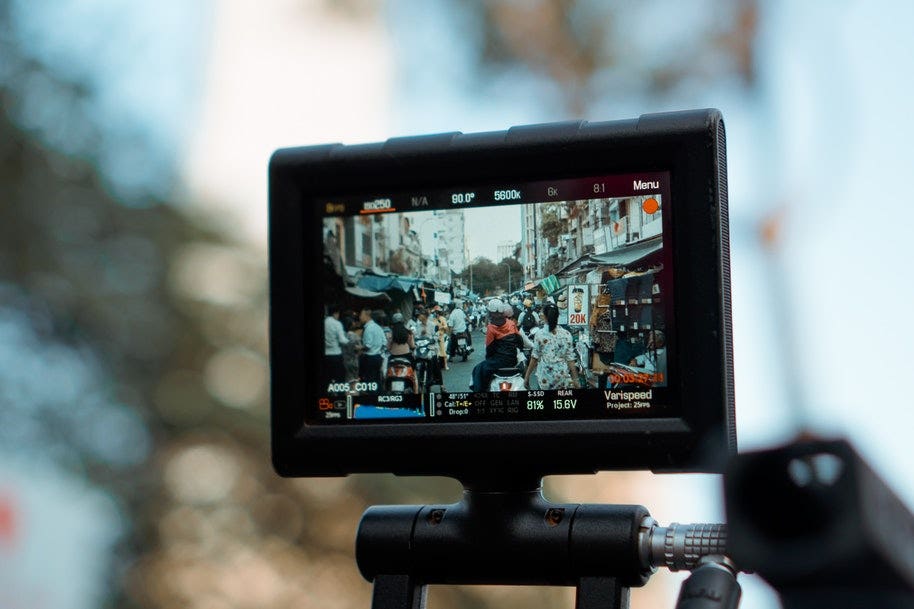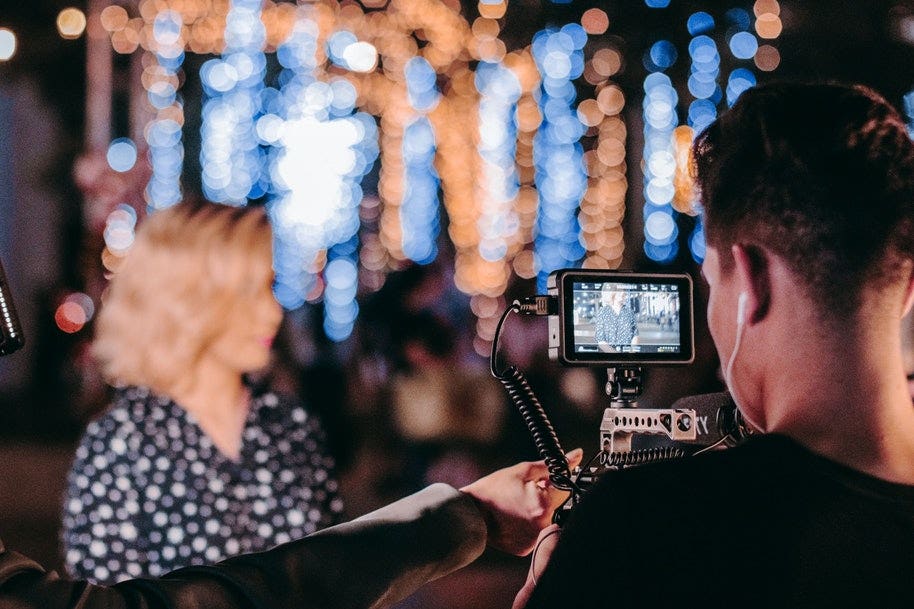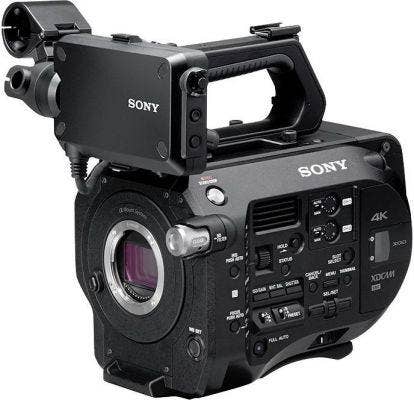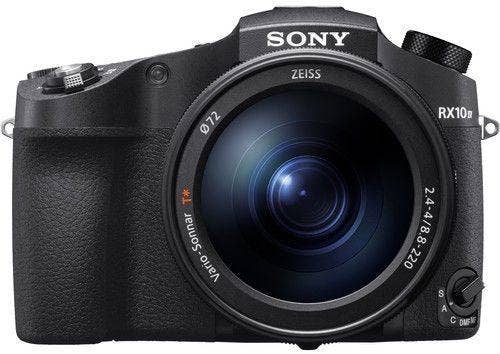
Whenever you look up the specs of a new camera, you’ll find figures such as 30fps or 60fps. These stats refer to the frame rate of your camera - or the number of still images it can record in a second to playback as a video.
So how do you know what a good frame rate is? And is there really a difference between 24fps, 30fps, and 60fps?

What do terms like frame rate and fps even mean?
When recording video, your camera captures a series of still images (called frames) that trick the eye into seeing motion when the images are viewed at high speed in consecutive order (as a video).
The frame rate is measured in ‘frames per second’ or ‘fps’. For example, 30fps means your camera records 30 distinct images each second.
So what’s the difference between each frame rate?

These days, cameras can offer an impressive range of frame rates. While no single frame rate is better than any other, it’s important to think about the effect you want to create in your video when choosing your setting.
- 1-15fps - This rate is typically used for timelapses.
- 24fps - This is the most common frame rate, often referred to as the ‘cinematic’ option. It’s widely used by filmmakers and is the global standard for cinema projectors.
- 30fps - Widely used in live TV broadcasts as well as for soap operas.
- 60fps - Most popularly used in sports footage or for live TV to remove unwanted blur and capture the action. It’s also used to create slow-motion shots.
- 120fps - Used in very slow motion.
Some cameras even offer the highest frame rates of 1000fps for ultra slow motion.
24fps vs 30fps vs 60fps
These three frame rates are the most commonly used, but each serves a different purpose.

24fps: The best frame rate for cinematic viewing
24fps is the minimum speed required to record realistic motion but in speeds with lots of movement, you can capture blur in your video. Films recorded at higher speeds can still be displayed at 24fps.
Panning and tilting the camera when you’re recording at 24fps can result in jolty or stuttering footage, making a higher frame rate a necessity.
30fps: The best frame rate for TV and live action
With just six more frames per second, 30fps is similar to 24fps but records more detail in scenes with lots of action or movement. Just beware, this additional detail may start to make the footage look unrealistic.
60fps: The best frame rate for sports and slow motion
Frames rates above 30fps, including the most popular 60fps, are best reserved for times when there’s a lot of motion. It’s a great idea to film sporting events in 60fps to give you the opportunity to slow the action down for replays.
High-speed frame rates of 60fps and above are also commonly used to record footage for slow motion because they can capture far more detail in greater clarity.
Just remember that the higher the frame rate, the slower the motion will be. Higher frame rates also record more data, which leads to bigger files and longer export and uploading times.
Ready to buy a camera with a high frame rate?
Now you understand the specs a little more, it’s time to start shopping! There are plenty of cameras out there - and even some smartphones - that are capable of recording 60fps or even higher.
But two cameras best known for their high frame rates are the Sony FS7 II and the Sony RX10 IV.
Sony FS7 Mark II XDCAM Super 35mm camera

The Sony FS7 II is a 4k camera system with a Super 35mm sensor that captures impressive cinematic depth of field. This unique high speed camera can capture footage at up to 180fps in high definition.
This camera is for serious video producers who want the best quality content. The 4K Super 35 EXMOR sensor features 14 Stops of latitude and a wide color gamut. It offers a choice of XAVC or MPEG-2 codecs. The XAVC codec can be used for 4K and HD recording, while MPEG-2 is limited to HD recording. XAVC comes in two flavors, XAVC INTRA, and XAVC Long, allowing you to encode from HD to UHD using Intra-Frame or Long GOP compression with 10-bit 4:2:2 for HD and the choice of 10-bit 4:2:2 or 8-bit 4:2:0 for UHD. XAVC intra compression is very efficient, recording at modest bit rates and XAVC Long also substantially extends the recording time while attaining very high quality and low noise.
Shop the Sony FS7 Mark II today.
Sony Cybershot DSC-RX10 IV camera

A professional-grade camera, the Sony RX10 IV captures incredible slow motion footage with high frame rates of between 250fps and a whopping 960fps. The RX10 IV is also capable of recording time lapses in 4k.
This camera brings together a quality lens, with a wide aperture considering its extensive focal length range, and a powerful 20 megapixel sensor that uses back-illuminated and stacked technologies to deliver high quality imagery in even challenging lighting conditions.
Top three Reasons we think you will love this camera
- Excellent lens ready to take action
- Super-fast autofocus allows you to get on with your photography without delay
- 4K video recording perfect for high definition video product and vlogging
Shop the Sony Cybershot RX10 IV today.
Discover Quality Cameras and Get Expert Advice From Camera House
We have a huge range of cameras online for every budget and skill level but if you need more advice on the best high speed camera for your needs, don’t hesitate to visit us in-store for more expert advice. Now that you know the difference between frame rates and why they are important, invest in a camera that suits your needs and lifestyle.
Find more helpful articles and information on the Camera House blog and Camera House YouTube channel. Explore helpful articles below:
Mirrorless Sensors Explained: Full Frame, APS-C & Micro Four Thirds
Is 4k Really Better than 1080p?
15 Essential Photography Terms and Definitions to Master
